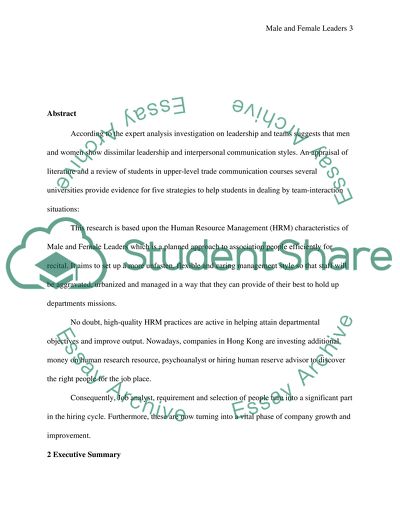Male and Female Leaders Coursework Example | Topics and Well Written Essays - 8000 words. Retrieved from https://studentshare.org/sociology/1533389-male-and-female-leaders
Male and Female Leaders Coursework Example | Topics and Well Written Essays - 8000 Words. https://studentshare.org/sociology/1533389-male-and-female-leaders.


